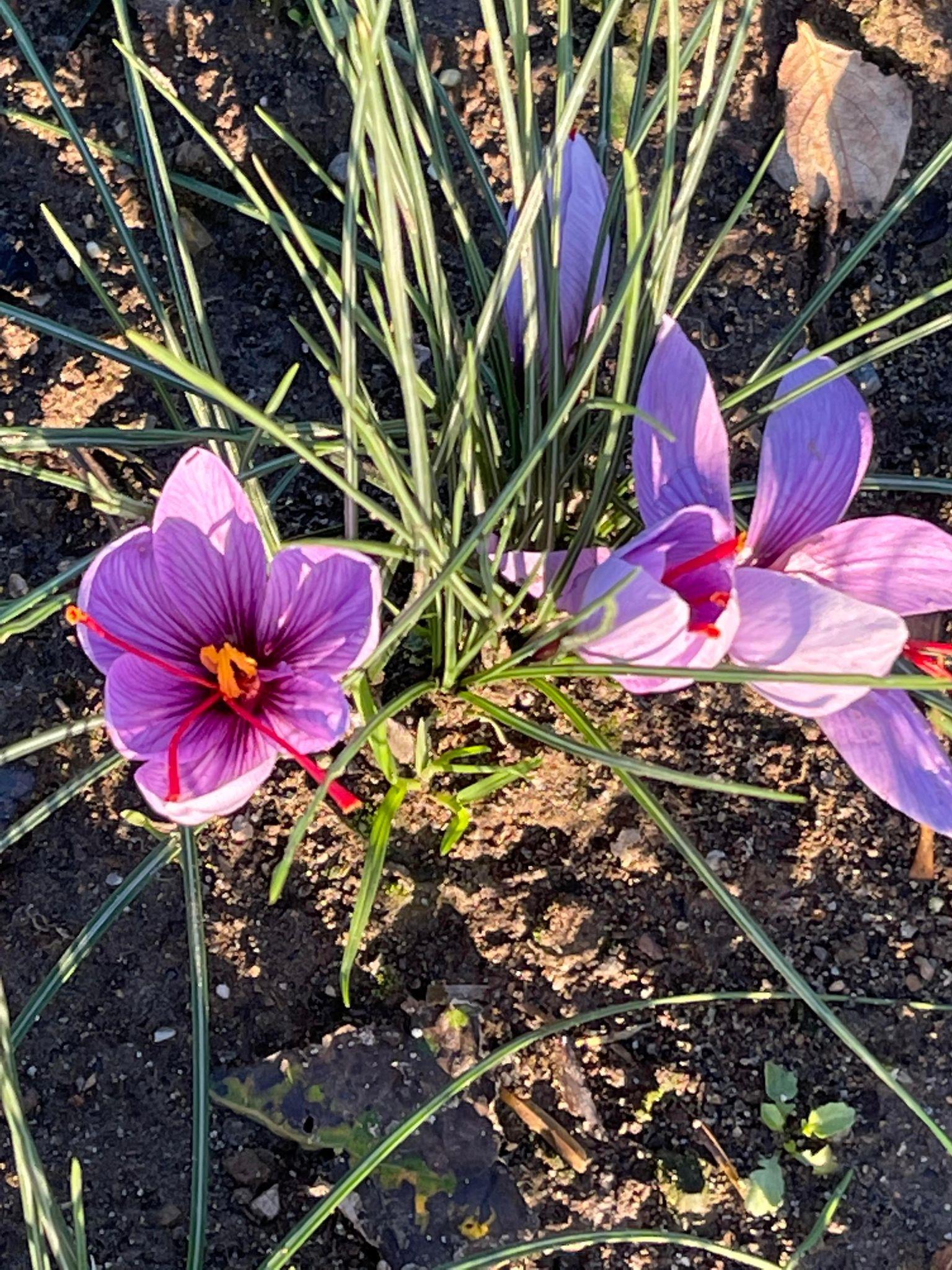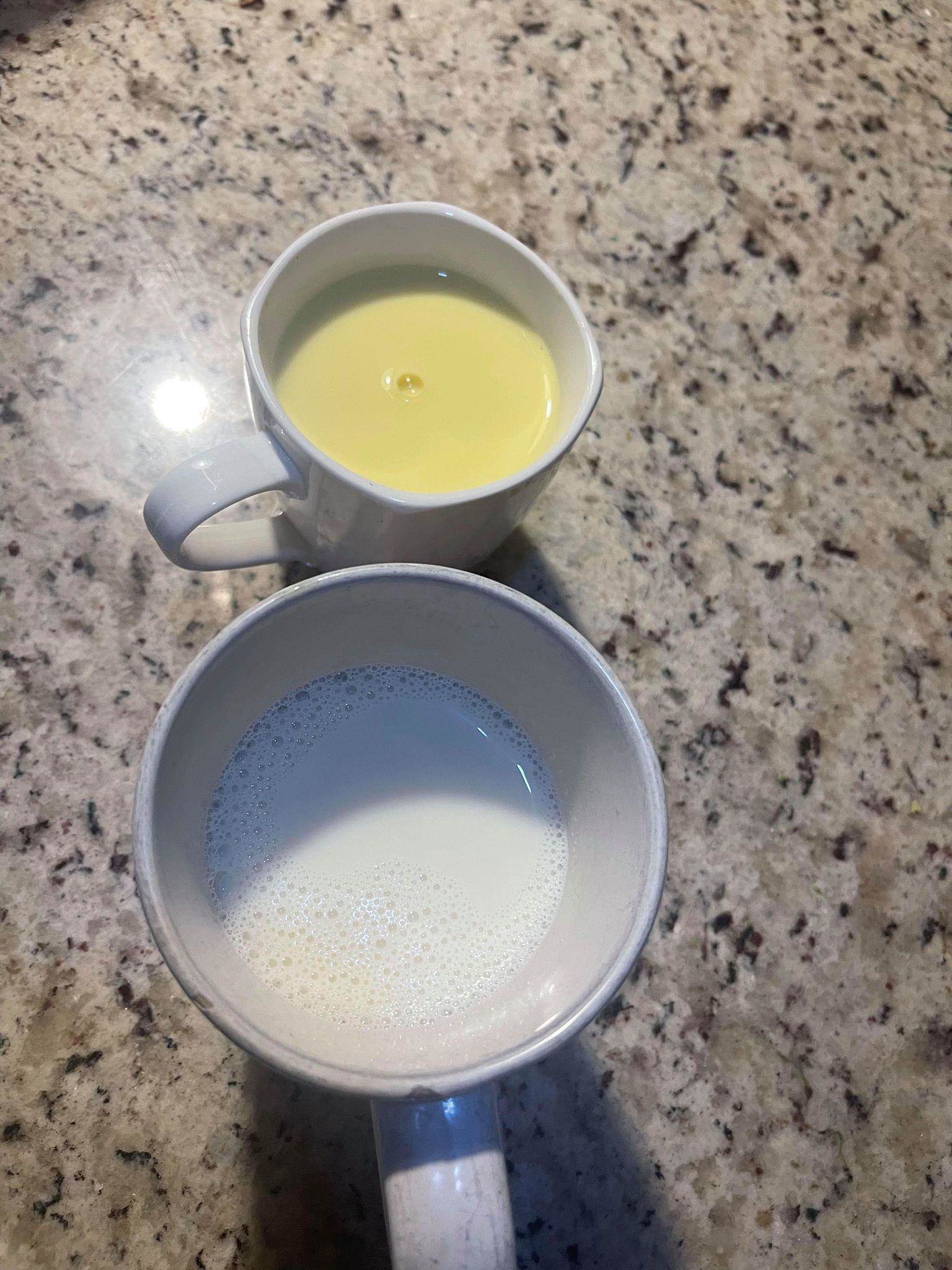Avtar Dhillon has more than 250,000 bulbs on his farm
By Diego Flammini
Staff Writer
Farms.com
An Abbotsford, B.C. farmer looking to diversify his operations turned to a spice sometimes referred to as “red gold.”
Avtar Dhillon, who started farming in 2005, usually grows strictly blueberries on the 25-acre Ramsar Berry Farm he operates with his family.
But recent price decreases have made it difficult to run a successful business.
“The blueberry processors here have a monopoly,” he told Farms.com. “Every year our prices are going down and we’re not profitable.”
Enter saffron.
Dhillon, who may be the only saffron grower in the province, purchased bulbs online from Kashmir, India. and has been growing the crop for five years in different ways to see if any would produce enough flowers to harvest the spice from.

“The first few years, all of our plants died,” he said. “Then we tried again inside a greenhouse, and using mushroom manure, and we started to have success.”
Today, he has more than 250,000 bulbs in his crop.
The spice, which comes from the saffron crocus bulbs, usually grows in hot, desert climates, which is why Iran produces about 90 per cent of the world’s saffron.
But B.C.’s wet climate has proved beneficial for the crop, Dhillon said.
Saffron is also among the world’s most expensive spices.
Each bulb can produce up to 10 purple flowers and each flower must be hand-picked. Inside the flower are three red threads of saffron.
Those threads are also hand-picked. After drying at room temperature for a few days, the spice is ready for sale.
Customers can pay $1.60 per gram of the spice.
And it can take up to 400,000 threads to have enough for one kilogram of the spice.
That volume can sell for anywhere between $50,000 and $60,000, Dhillon estimates.
“I’ve already sold all my harvested saffron,” Dhillon said. “I have none left.”
Local restaurants, members of the Iranian and Muslim communities and people from other provinces have purchased Dhillon’s saffron, he said.
The Acorn Restaurant in Vancouver is one of Dhillon’s customers.
Having this ingredient available presents new opportunities for the business.
"To have a farmer in B.C. who's growing saffron means, suddenly, we have access to saffron. Whereas before, it would be something that we probably wouldn't cook with, because we can't get it in Canada," said Kate Martin, one of the restaurant’s cooks, told CBC.
Because of its high value, some people take other ingredients to create a product that resembles saffron.
Fake saffron can include corn silk, pieces of coconut and even dyed horsehair.
One way to identify fake saffron is to put the threads in water or milk.

If the saffron is real, the liquid will tun completely yellow in about 15 minutes. If the water turns deep red or another colour, it means the product is likely a fake.
Because of this, Dhillon wants to get his saffron tested for quality to ensure customers are confident in his product.